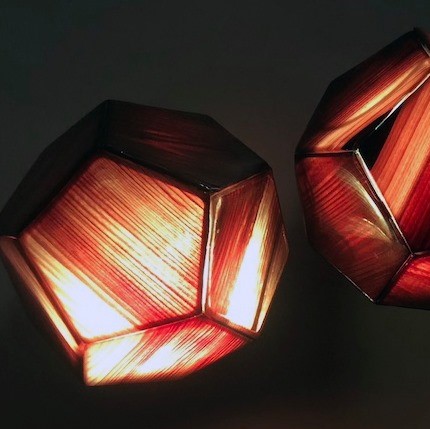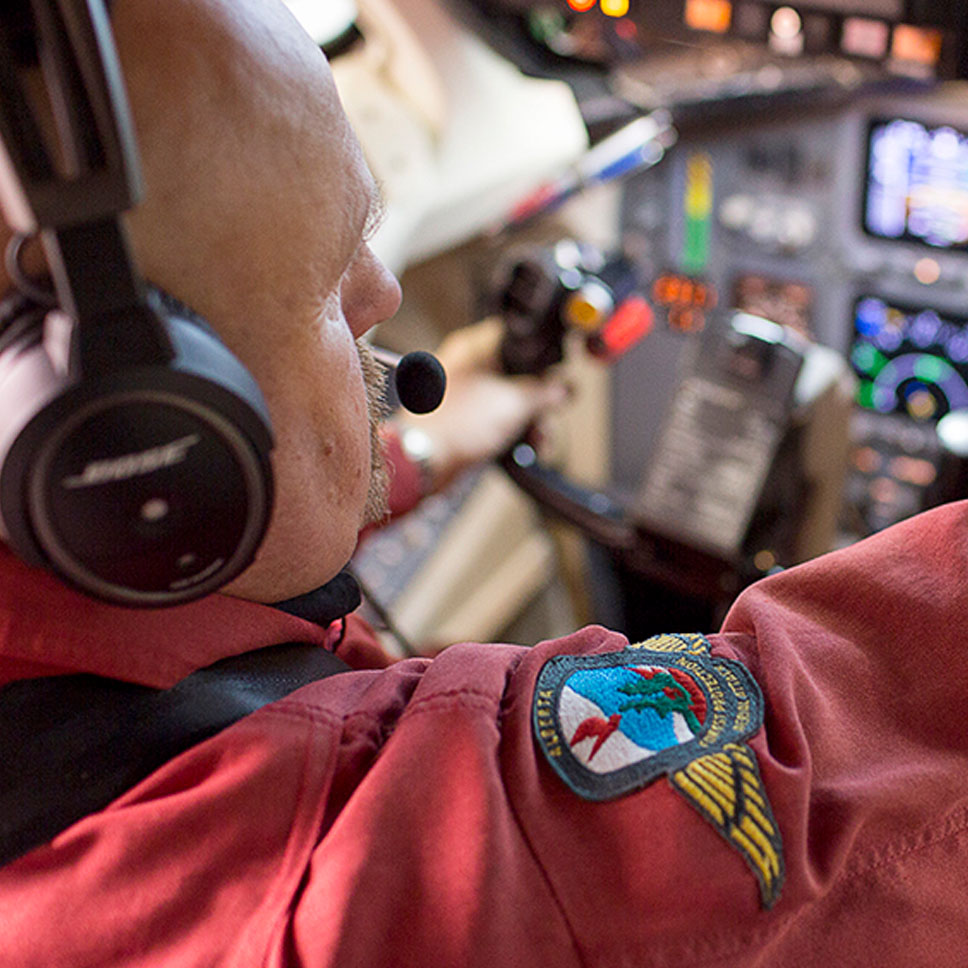Research Gallery

Biathlon target testing
PROJECT PROFILE:
A cross-campus partnership between UBCO School of Engineering Capstone students and Okanagan College, the research team aimed to improve the calibration of sport target shooting.

Scanning bones and body parts
PROJECT PROFILE:
Utilizing UBC STAR’s extensive testing facility, Human Kinetics students used Creaform handheld laser scanners and CAD modelling software to catalogue human bones and cadaver body parts.

Giant wooden skeleton
PROJECT PROFILE:
UBC STAR helped artist Sara Spencer construct a 13-foot curved lightbox for her visual art installation (‘Anticipation’) using a computer numerical control (CNC) router.

Invisible Strings Art Project
PROJECT PROFILE:
UBC STAR helps a student artist precision cut cedar panels for an art project displayed at the Alternator Centre for Contemporary Art (Rotary Centre for the Arts).

Composite Travel Trailer
PROJECT PROFILE:
UBC STAR assists the Composites Research Network with the digitization (3D Scanning and CAD modelling) of a composite travel trailer.

UBCO Aerospace Club Connections
PROJECT PROFILE:
UBC STAR helped the UBCO Aerospace Club develop partnerships with local technology firms, in addition to providing project and sponsorship support to one of its student groups.

Custom sandstone projectiles
PROJECT PROFILE:
The University of Alberta gets support from UBC STAR to simulate ground debris from buried improvised explosive devices (IEDs) to help develop safer standards for personal protective equipment.

Metal oxide sensors
PROJECT PROFILE:
UBC STAR supports Dr. Mina Hoorfar’s Advanced Thermo-Fluidic Laboratory (ATFL) with rapid prototyping to enhance the selectivity and sensitivity of metal oxide sensors to enhance health safety and security in multiple detection applications.

Preventing Concussion
PROJECT PROFILE:
A partnership between UBC Okanagan and Imperial College London (UK) focused on development of a new helmet that could one day reduce sports-related concussions.

Measuring pilot Fatigue
PROJECT PROFILE:
One of UBC Okanagan’s most complex, collaborative research projects evaluated pilot fatigue to help keep fire-fighting pilots safe on the job. With a key partner, Conair, the diverse research team analyzed performance metrics for aerial firefighters.